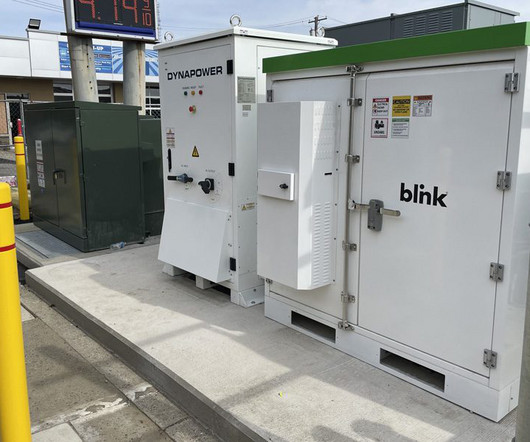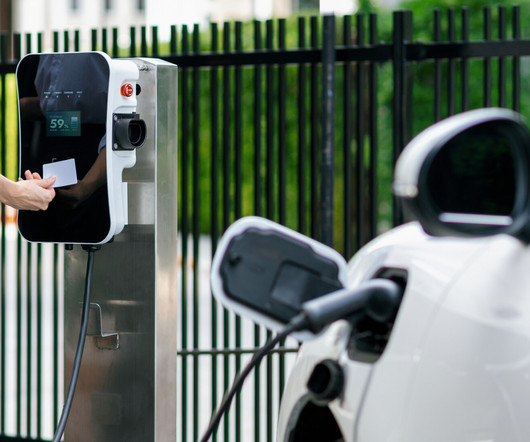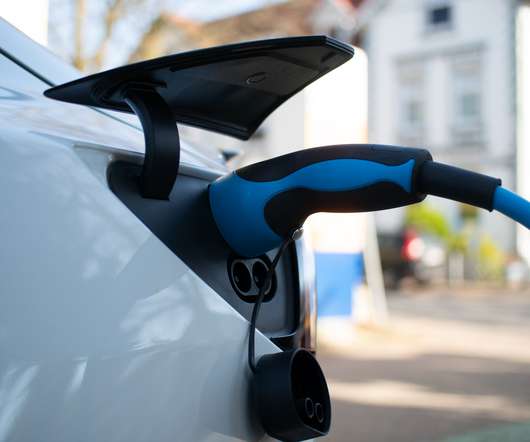What Does Battery Storage Mean for EV Drivers?
Blink Charging
JULY 27, 2023
In 2030, McKinsey estimates that there may be as many as 48 million EVs plugging into the US power grid, which means that utility providers are already preparing for the increased load. While the local electricity rate was $0.1749kWh last year, a heat wave has increased the cost to $0.1927kWh this year.











Let's personalize your content